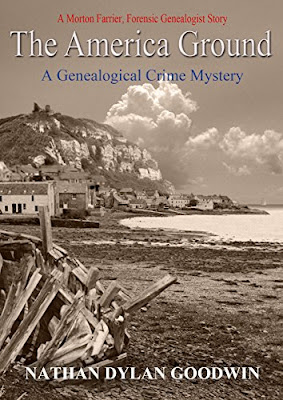Ramblin' Rose

Look around you, it's summer and flowers are blooming everywhere. Some of those flowers have some fascinating stories. From Wyoming The other day I was preparing a presentation for Understanding Migration. We, as genealogists, think of Migration as our ancestors, after arriving from their homeland in search of a new life, crossing the country from the East coast to areas across our country. In my search I had found migrating animals and plants, not exactly what I was looking for; I was thinking more like wagon trains. Then a couple days later I was on a virtual meeting with members of the South King County Genealogy Society when we were asked to turn in stories of flowers for the Societies Blog. Of course, flowers , just read about plant migration in my research for the presentation. “I have a Migrating Rose” Well, here’s the story. We lived in Casper, Wyoming in 1961. My husband, Norv, worked for Supreme Bakers and delivered crackers and co...






